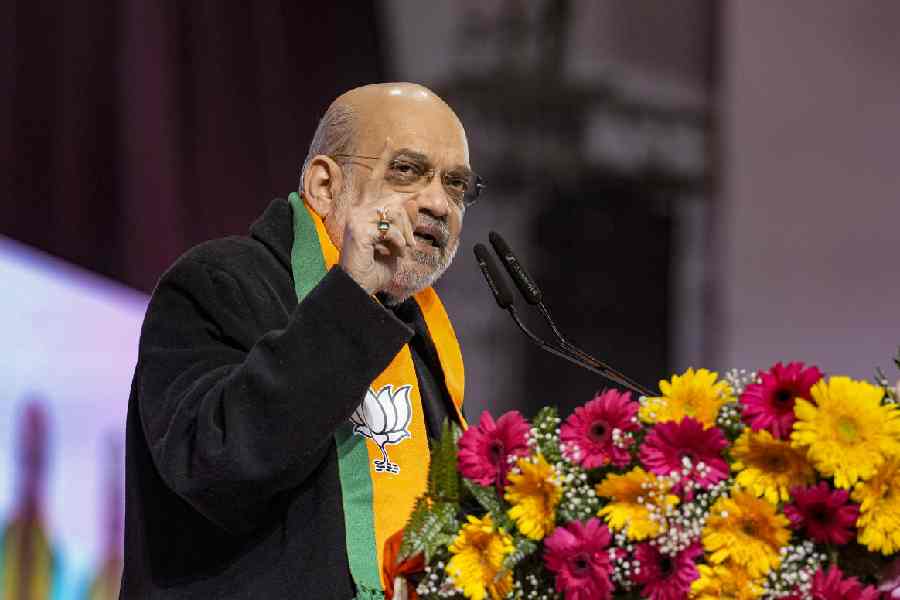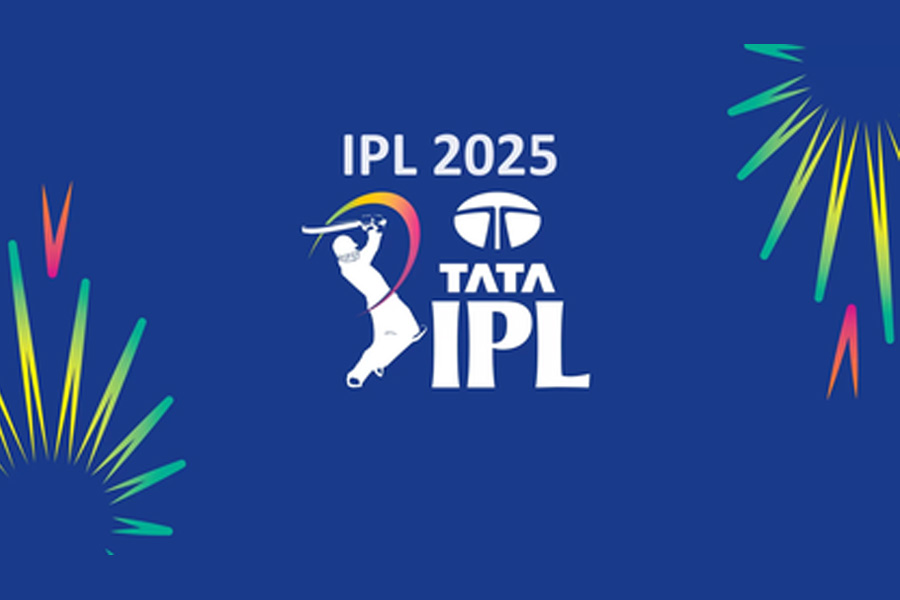A “fearless” Yashasvi Jaiswal is quite capable of carrying forward the glorious legacy of batting excellence of the likes of Sachin Tendulkar and Virat Kohli, Australian great Greg Chappell said, waxing eloquent on India’s cricketing infrastructure and planning.
In his column for The Sydney Morning Herald, Chappell said he was highly impressed with Jaiswal, who smashed a 161-run knock in the opening Test against Australia in Perth to be among the architects of India’s 295-run win.
“The young opener is fearless and appears poised to inherit the mantle of Indian batting excellence, following the likes of Virat Kohli and Sachin Tendulkar,” Chappell wrote.
Chappell, India’s head coach between 2005 and 2007 when he acquired the moniker Guru Greg, also spoke about the wide gulf in planning between the Indian and Australian establishments in terms of grooming youngsters for traditional formats. “Jaiswal’s journey encapsulates why India’s planning and infrastructure give them a clear edge.
“The young left-hander moved to Mumbai at 10, seeking the best competition to realise his dream of representing India,” Chappell stated. “Considering the staggering odds of breaking into the Indian XI, his determination is remarkable. There are so many players in India who are good enough to play Tests, but some can’t even get a game for their state team,” said the former Australia skipper, who has a decent idea about India’s domestic structure.
Chappell then presented numbers to compare Jaiswal with 25-year-old Australian debutant Nathan McSweeney, who hasn’t yet played much despite being older than Jaiswal. “A comparison with Australia’s Nathan McSweeney is illuminating. At 22, Jaiswal has played 14 (15) Tests, 30 (31) first-class matches, 32 List A games and 53 IPL matches.
“By contrast, McSweeney, at 25, has just made his debut Test, with just 34 (35) first-class, 22 List A and 18 T20 matches under his belt.”
Chappell, who shared a fantastic working relationship with then captain Rahul Dravid in his days as India coach, lauded Dravid’s junior cricket programme at the National Cricket Academy. He believes the junior red-ball programme is second to none with opportunities to play multiple games.
At times, Chappell has felt that when India U-19 played other teams, it seemed “men were playing with boys” in terms of game awareness. “India’s system prioritised long-form cricket at the youth level under Rahul Dravid’s leadership. This focus ensures that players are well-versed in the nuances of the game.
“In contrast, Australia’s system limits opportunities for young cricketers, prioritising school commitments over competition during much of the year,” he noted.
Chappell, having worked extensively in Cricket Australia’s junior talent programme, warned the stakeholders that the lack of competitive matches would hurt the development of young players.











